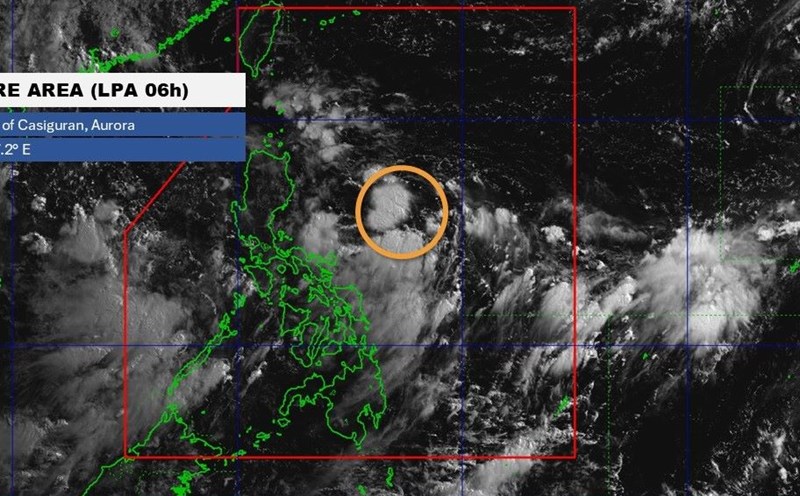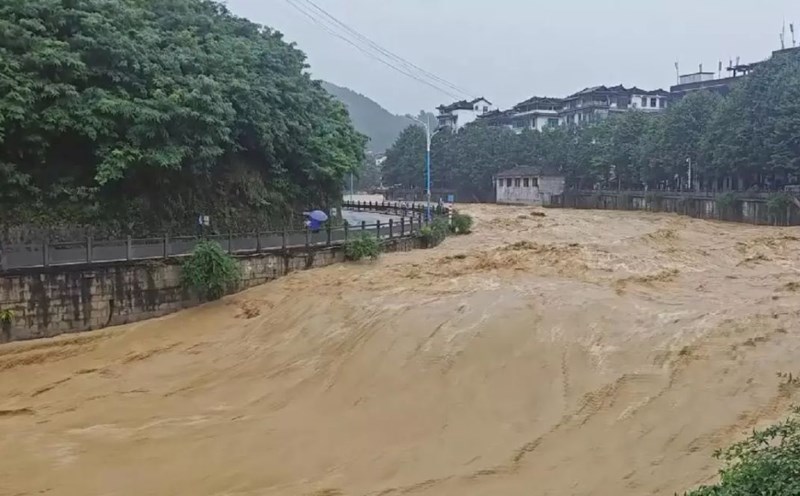On the night of June 30 (local time), Ham Phong city in Hubei province, Central China suffered a record heavy rain with rainfall in 12 hours exceeding the average for the whole month.
The rain forced authorities to urgently evacuate more than 18,000 people, close schools and stop all bus operations on July 1.
Heavy rain caused many streets in the city to be deeply flooded, the muddy flood swept away cars, seriously disrupting people's lives.
In some areas, the measured rainfall exceeded 350mm in just one night. Power and clean water were cut off, schools had to temporarily stop teaching, and public transport was completely suspended.
At the same time, 2 towns in Ha Nam province recorded heavy rain of over 220mm in just 3 hours. According to domestic media, at least 3 people have been killed and 5 people are still missing.
Previously, Dung Giang district, Guizhou province also suffered two consecutive major floods within 4 days. For three consecutive days, rainfall in the area has doubled the June average. At least 6 people have died and tens of thousands have had to be urgently evacuated.
China's meteorological experts warn that such extreme weather phenomena are becoming more common due to the impact of climate change. Mountainous areas are vulnerable to flash floods, and many rural areas still lack an effective forecasting and response system.
Currently, many countries in Asia and the world are also facing the increasing risk of super typhoons. Increasing extreme weather conditions have caused increasingly serious damage to people and property, posing a major challenge for climate change response and adaptation.












